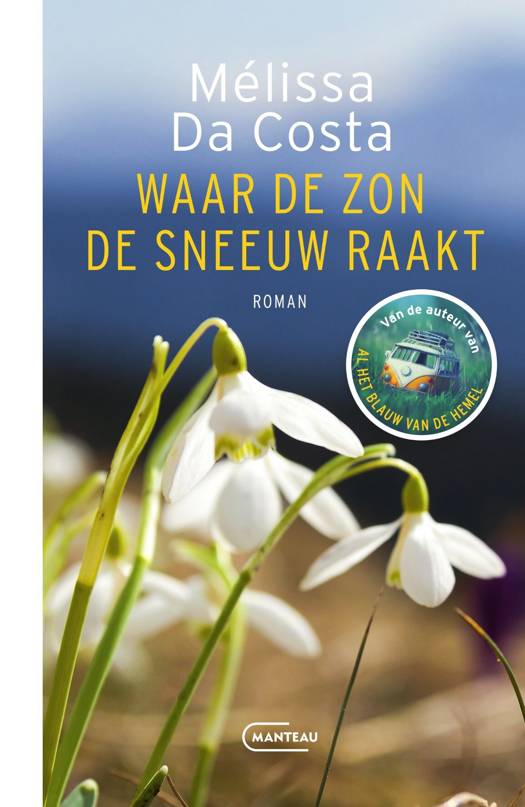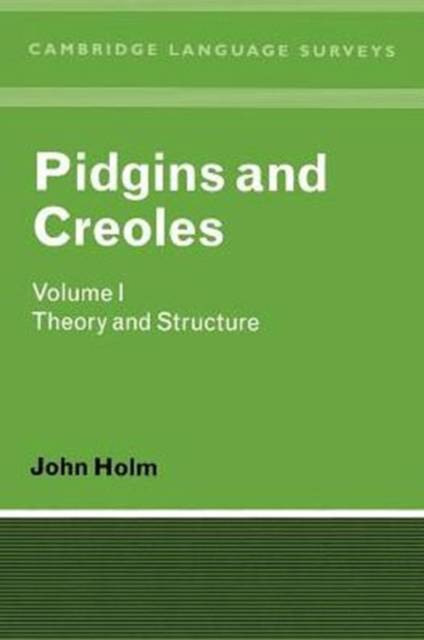
- Afhalen na 1 uur in een winkel met voorraad
- Gratis thuislevering in België vanaf € 30
- Ruim aanbod met 7 miljoen producten
- Afhalen na 1 uur in een winkel met voorraad
- Gratis thuislevering in België vanaf € 30
- Ruim aanbod met 7 miljoen producten
Omschrijving
Restructured versions of English, French, Spanish, Dutch, Portuguese, and other languages arose during European colonial expansion, resulting in such creoles as Jamaican, Haitian, Papiamentu, and some one hundred others, as well as such semi-creoles as Afrikaans, non-standard Brazilian Portuguese, and American Black English. Scholar have tended to work on particular language varieties in relative isolation rather than undertaking comparative research into the genesis, development, and structure of creoles. In writing this book, however, Holm draws on studies of a broad range of languages to make clear the extent of creoles' differences and similarities and to demonstrate how this challenges current linguistic theory. The core of this volume is a comparative study of creoles based on European languages in Africa and the Caribbean in terms of their lexical semantics, phonology, and syntax.
Volume II presents an overview of the socio-historical development of each of some one hundred pidgins, creoles and semi-creoles, providing texts and highlighting the salient linguistic features of each.
Specificaties
Betrokkenen
- Auteur(s):
- Uitgeverij:
Inhoud
- Aantal bladzijden:
- 280
- Taal:
- Engels
- Reeks:
Eigenschappen
- Productcode (EAN):
- 9780521271080
- Verschijningsdatum:
- 5/05/1988
- Uitvoering:
- Paperback
- Formaat:
- Trade paperback (VS)
- Afmetingen:
- 152 mm x 228 mm
- Gewicht:
- 362 g

Alleen bij Standaard Boekhandel
Beoordelingen
We publiceren alleen reviews die voldoen aan de voorwaarden voor reviews. Bekijk onze voorwaarden voor reviews.








